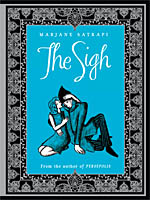 By Marjane Satrapi
By Marjane Satrapi
56 pages, color
Published by Archaia
It would be a reasonable assumption to feel that Marjane Satrapi’s new book, The Sigh, is a comic. After all, she’s best known for her comic Persepolis (which was created into an excellent animated film), and has continued to work in that medium since then. The Sigh is an illustrated story book, though, showcasing her drawings but pairing it with prose instead of panels and sequential art storytelling. It’s a charming book, though, one that mixes elements from several different familiar fairy tales and turns them into a greater whole. The Sigh borrows the most from Beauty and the Beast, with the merchant promising to bring back presents for his daughter, and the mysterious castle with the secretive person inside. Almost immediately things change, though; Satrapi gives Rose (the Belle stand-in) an interest in botany as part of her request for a gift, and one gets the impression that this is going to be a smarter and slightly more daring take on the story.
As the book progresses, Satrapi throws in several curveballs that will no doubt surprise readers. In particular, there’s a casual attitude to slavery that might throw Western audiences for a loop, even as subtly reminds them that this is a book born not only out of fairy tales that we grew up with, but ones that Satrapi did as well. The Sigh becomes episodic in nature for the second half, but it’s to Satrapi’s credit that she also keeps it from going on for too long; by the time you see the pattern forming, she’s cut it off at the knees and moved on to the conclusion. Readers might be a little disappointed to not get a full graphic novel from Satrapi, but her art is still soft and charming—at times it looks almost like it was (expertly) drawn in crayons, which helps the fairy tale nature of the book—and in the end it’s satisfying in its own right. Satrapi takes the familiar and makes it just unfamiliar enough that it will have your attention from start to finish.
Purchase Links: Amazon.com | Powell’s Books
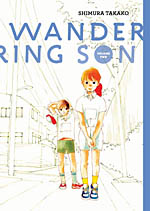 By Shimura Takako
By Shimura Takako
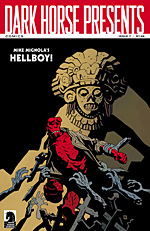 By Mike Mignola, Andi Watson, Neal Adams, Howard Chaykin, M.J. Butler & Mark Wheatley, Stan Sakai, Tony Puryear, Brandon Graham, Filipe Melo & Juan Cavia, Carla Speed McNeil
By Mike Mignola, Andi Watson, Neal Adams, Howard Chaykin, M.J. Butler & Mark Wheatley, Stan Sakai, Tony Puryear, Brandon Graham, Filipe Melo & Juan Cavia, Carla Speed McNeil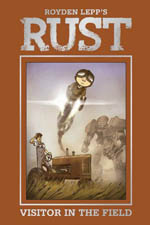 By Royden Lepp
By Royden Lepp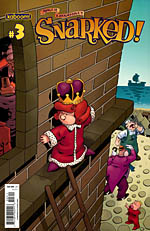 By Roger Langridge
By Roger Langridge By Carl Barks
By Carl Barks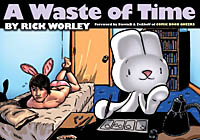 By Rick Worley
By Rick Worley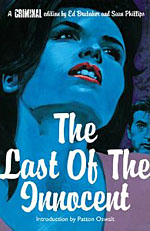 Written by Ed Brubaker
Written by Ed Brubaker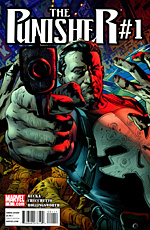 Written by Greg Rucka
Written by Greg Rucka Written by Clint Green
Written by Clint Green By Marjane Satrapi
By Marjane Satrapi